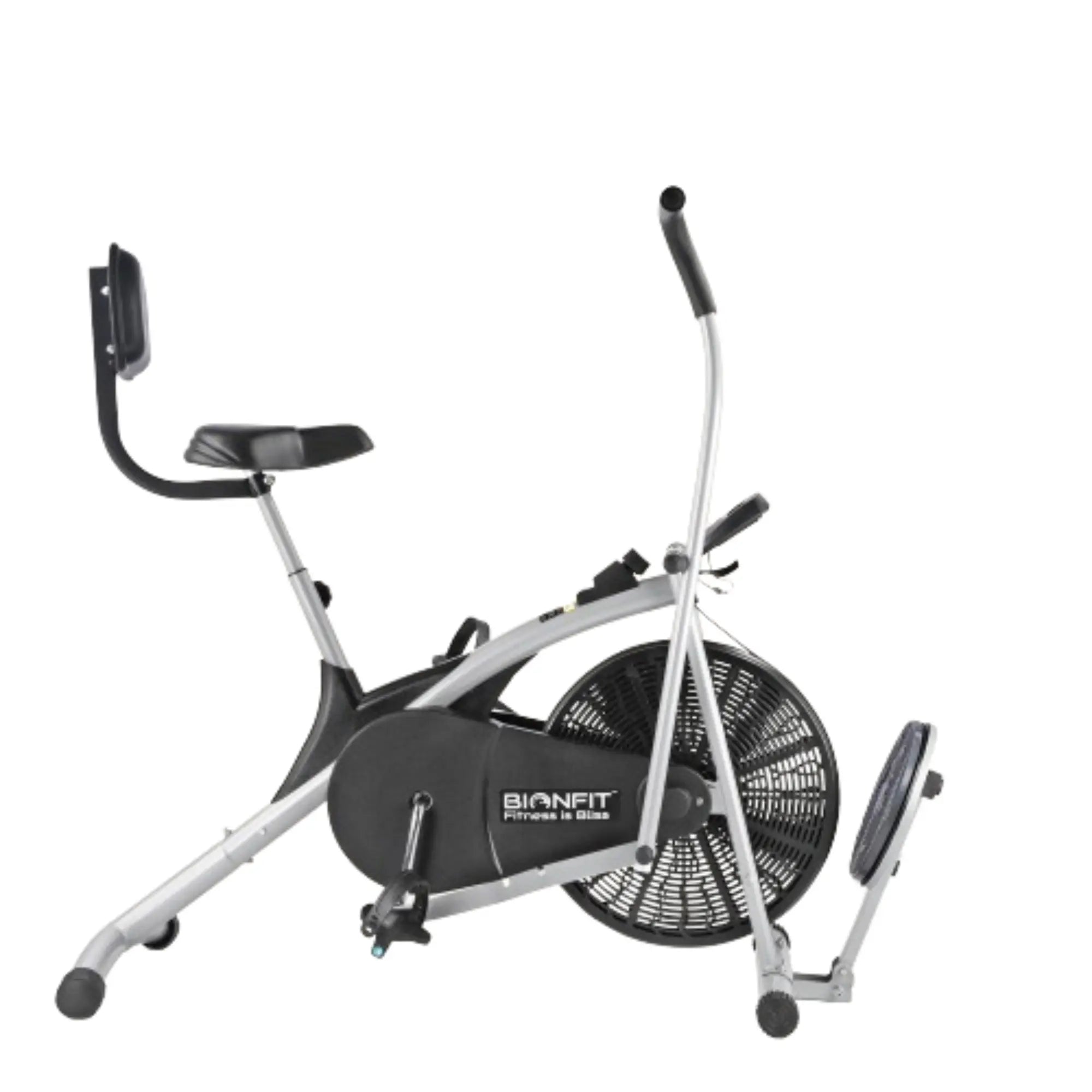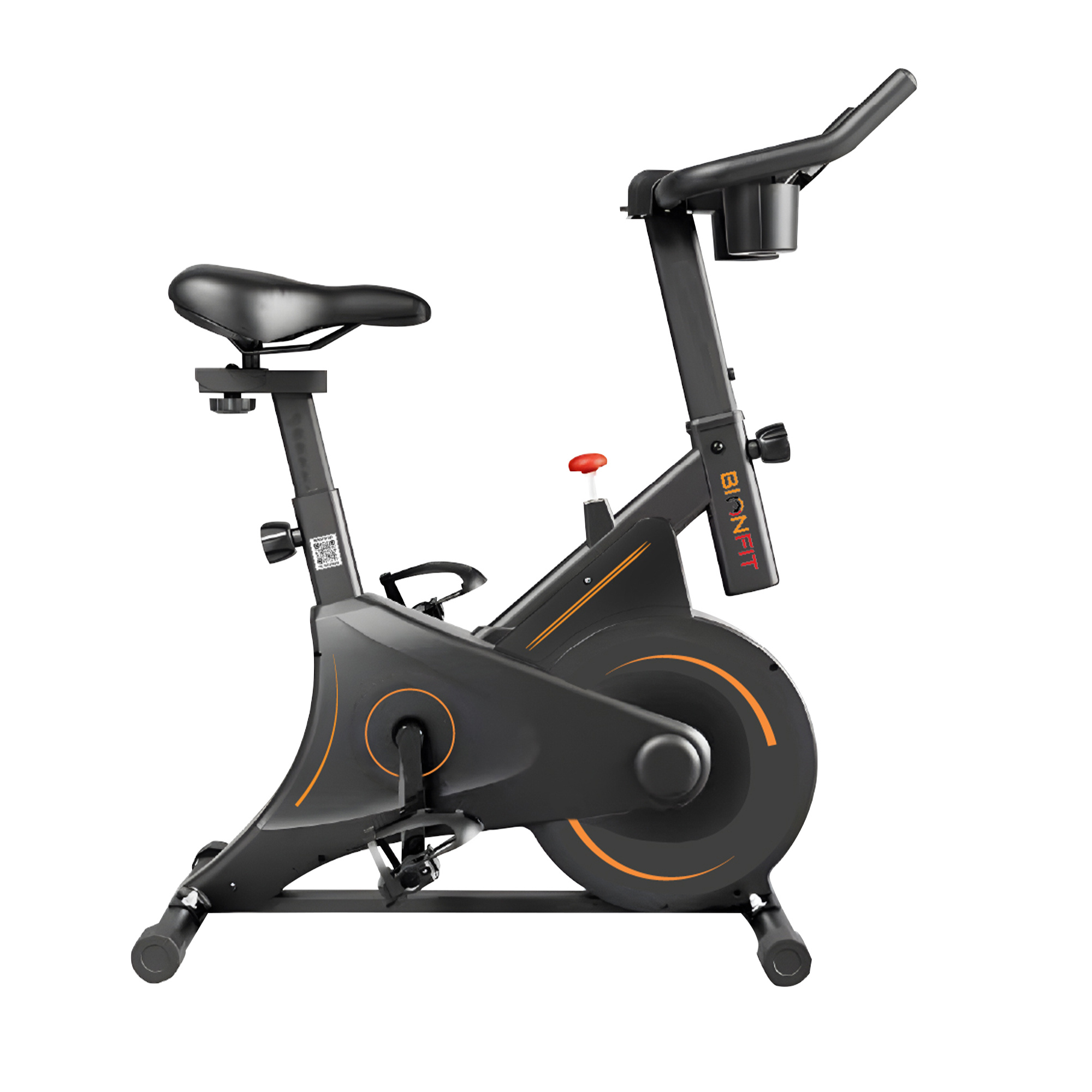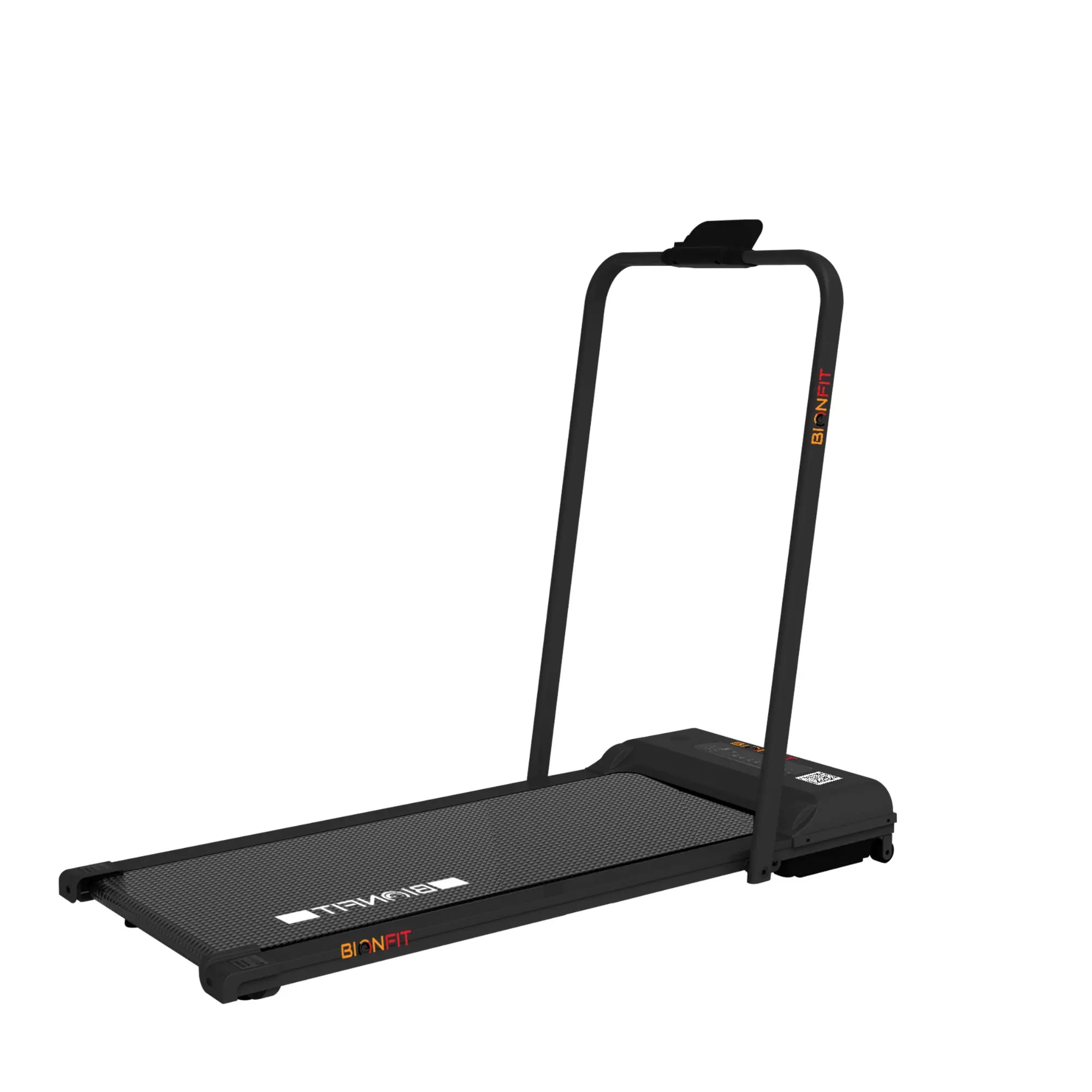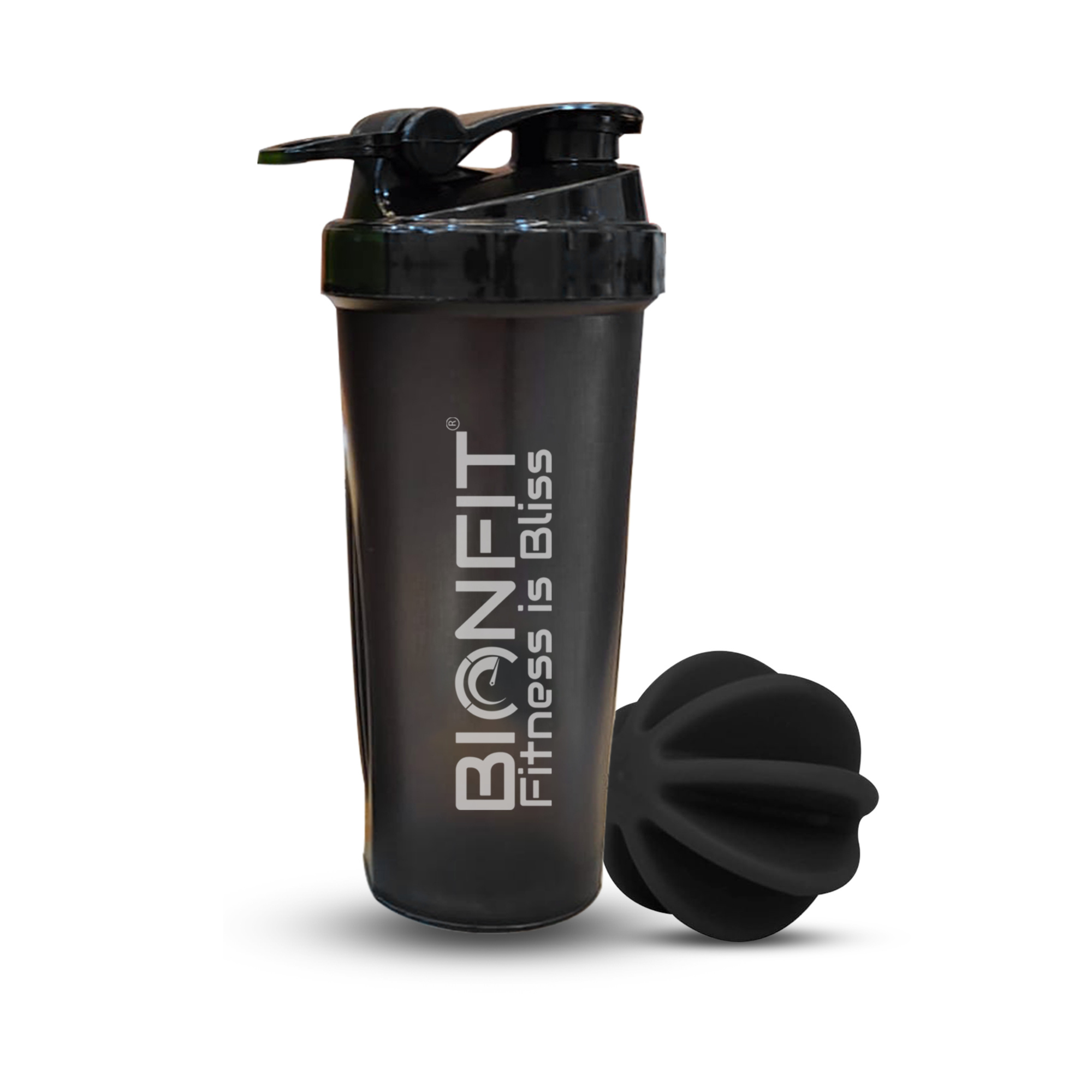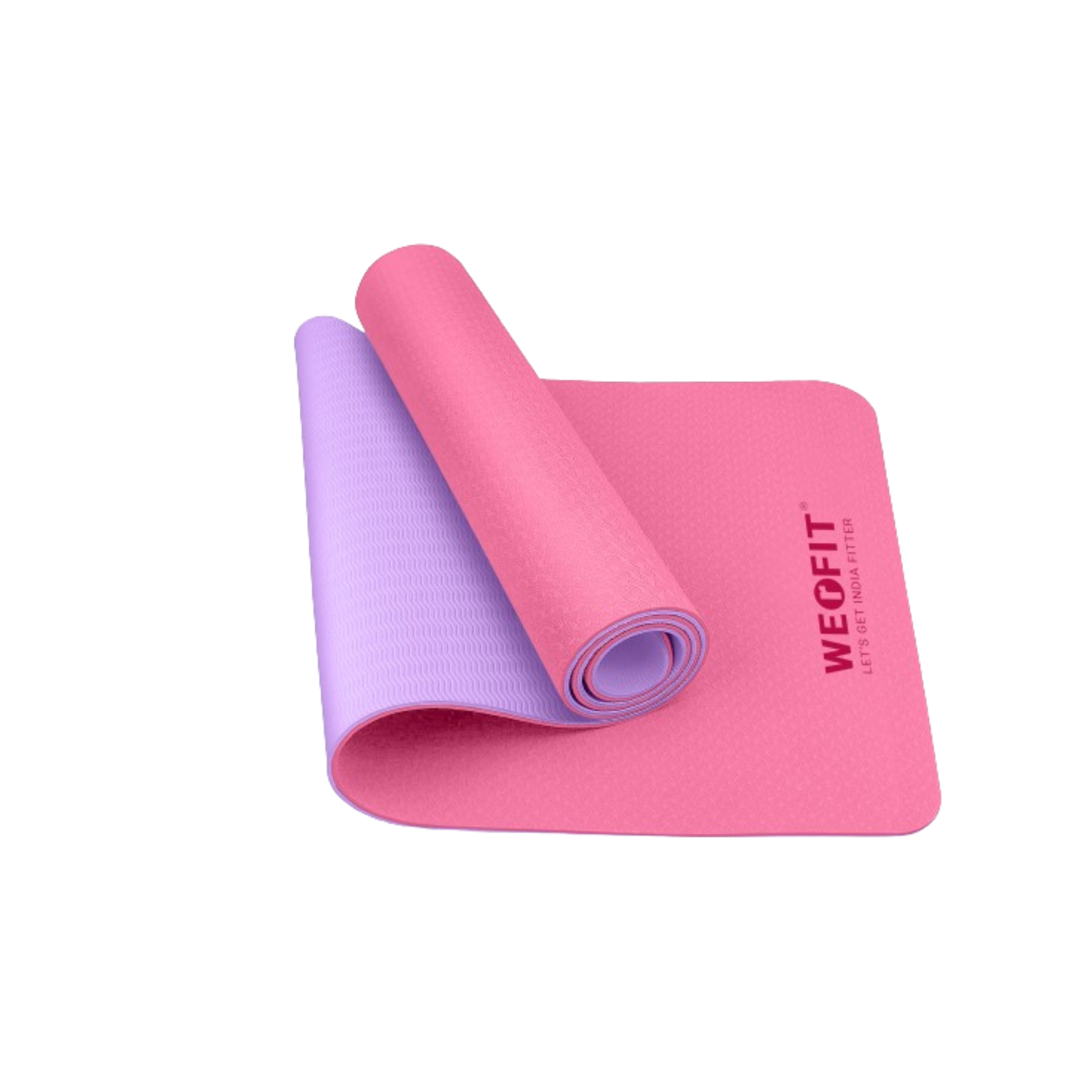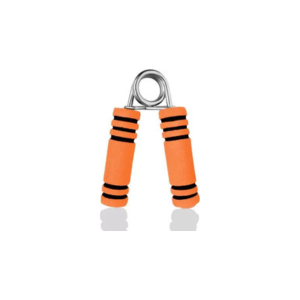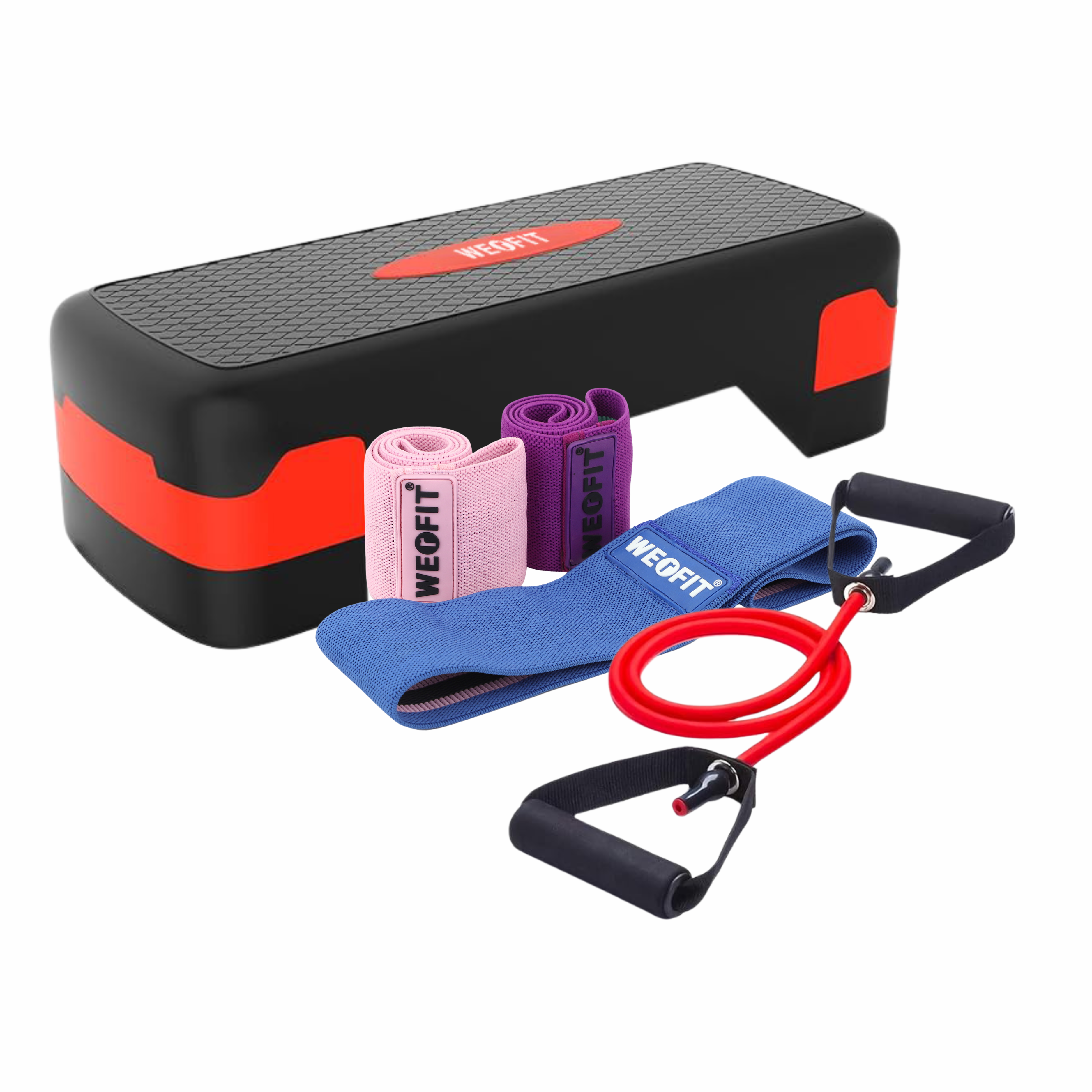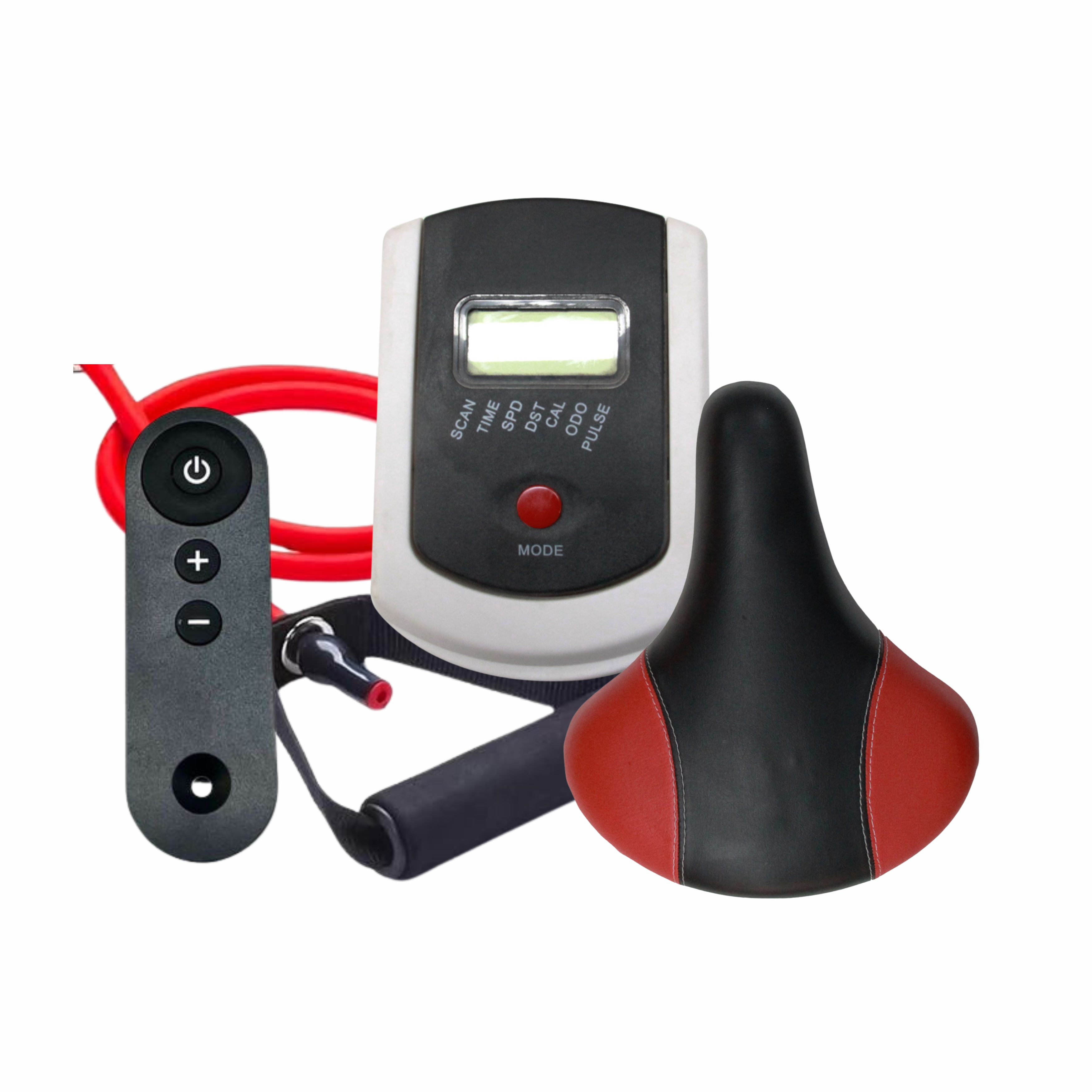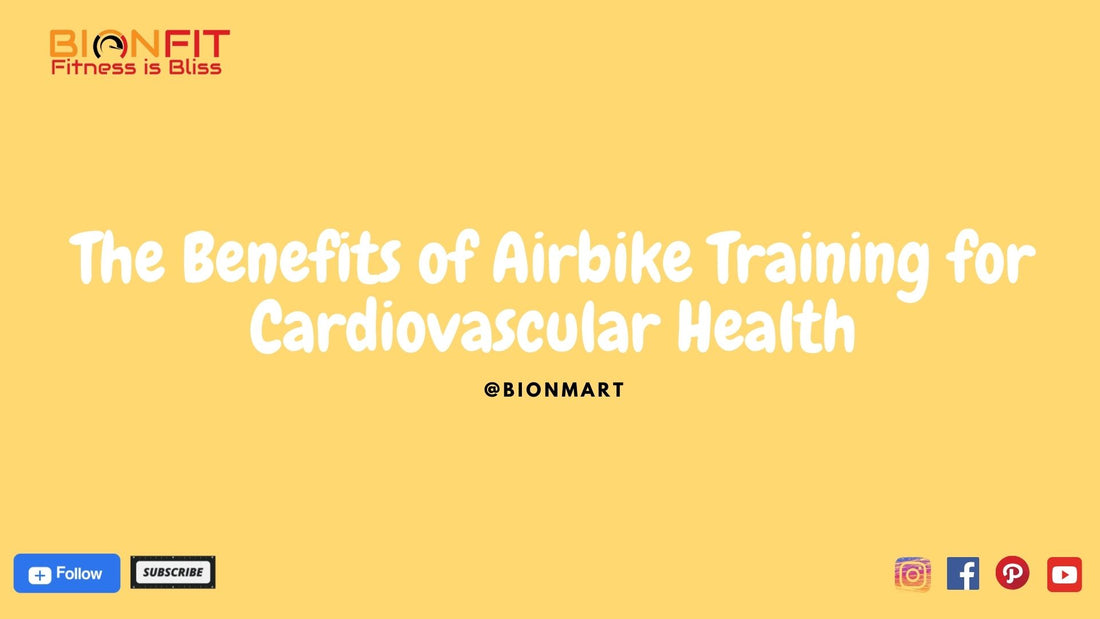
The Benefits of Airbike Training for Cardiovascular Health
Ever heard of an airbike? If you haven’t, you're in for a treat. Airbike training is gaining popularity, and for good reason. It’s a powerhouse when it comes to improving cardiovascular health. Let's dive into the world of airbike training and explore how it can benefit your heart and overall health.
What is an Airbike?
1. Design and Features
- An airbike, also known as an assault bike or fan bike, looks like a stationary bike on steroids. It has a large fan instead of a front wheel and handles that move back and forth as you pedal. The harder you pedal, the more resistance you create.
2. How it Works
- The airbike’s fan creates resistance based on your effort, making it a dynamic workout machine. This means that as you push harder, the resistance increases, providing a challenging workout that adapts to your fitness level.
The Science Behind Airbike Training
Aerobic and Anaerobic Benefits
- Airbike training offers a mix of aerobic (endurance) and anaerobic (high-intensity) exercises. This combination is perfect for boosting cardiovascular health as it improves your heart's efficiency and increases lung capacity.
Heart Rate and VO2 Max
- Using an airbike regularly can help you reach and maintain your target heart rate. It also improves your VO2 max, which is the maximum amount of oxygen your body can use during intense exercise—a key indicator of cardiovascular fitness.
Why Choose Airbike for Cardiovascular Health?
1. High-Intensity Interval Training (HIIT)
- The airbike is ideal for HIIT workouts, which are known for their cardiovascular benefits. HIIT involves short bursts of intense activity followed by periods of rest or low-intensity exercise, making your heart work harder and become stronger.
2. Low-Impact on Joints
- Unlike running or jumping exercises, airbike training is low-impact. This means it's gentler on your joints, reducing the risk of injury while still providing a vigorous cardiovascular workout.
Health Benefits of Airbike Training
1. Improved Heart Health
- Regular airbike training can help lower blood pressure, reduce bad cholesterol levels, and improve overall heart function, decreasing the risk of heart disease.
2. Enhanced Lung Capacity
- By pushing your lungs to work harder, airbike training increases their capacity and efficiency, helping you breathe better and perform daily activities with ease.
3. Weight Loss and Metabolism Boost
- Airbike workouts burn a ton of calories, helping with weight loss. Additionally, the high-intensity nature of the exercise boosts your metabolism, so you continue to burn calories even after your workout.
4. Mental Health Benefits
- Exercise releases endorphins, which are natural mood lifters. Regular airbike training can reduce stress, anxiety, and depression, contributing to better mental health.
Airbike vs. Traditional Cardio Equipment
1. Treadmill
- While treadmills are great for walking and running, they don't offer the same full-body workout as an airbike, which engages both your upper and lower body.
2. Elliptical
- Ellipticals are also low-impact and good for cardio, but they often lack the intensity and adaptability of an airbike.
3. Stationary Bike
- Traditional stationary bikes focus mainly on the lower body, whereas airbikes provide a comprehensive workout that challenges both your arms and legs.
Setting Up Your Airbike Workout Routine
1. Warm-Up and Cool Down
- Always start with a 5-10 minute warm-up to get your muscles ready and end with a cool down to help your body recover.
2. Interval Training Examples
- Try alternating between 30 seconds of intense pedaling and 1 minute of slow, steady pedaling. Repeat for 20-30 minutes for an effective HIIT workout.
3. Steady-State Cardio
- For a less intense session, pedal at a moderate, steady pace for 30-45 minutes. This helps build endurance without pushing your body to the limit.
Tips for Maximizing Your Airbike Workouts
1. Proper Form and Posture
- Maintain a straight back, keep your core engaged, and make sure your movements are smooth and controlled to avoid injury and get the most out of your workout.
2. Breathing Techniques
- Practice deep, rhythmic breathing to ensure your muscles get enough oxygen, enhancing your performance and endurance.
3. Progressive Overload
- Gradually increase the intensity of your workouts by pedaling faster or for longer periods. This helps you continue to improve and avoid plateaus.
Common Mistakes to Avoid
1. Overtraining
- Rest days are crucial. Overtraining can lead to burnout and injuries, so make sure you give your body time to recover.
2. Neglecting Rest Days
- Aim for at least one to two rest days per week to let your muscles repair and grow stronger.
3. Poor Technique
- Improper form can lead to injuries. Focus on maintaining good posture and smooth, controlled movements throughout your workout.
Tracking Your Progress
1. Using Fitness Apps
- There are plenty of fitness apps that can help you track your workouts, monitor your heart rate, and measure your progress over time.
2. Heart Rate Monitors
- A heart rate monitor can provide real-time feedback, helping you stay within your target heart rate zone and maximize the cardiovascular benefits of your workout.
3. Keeping a Workout Journal
- Recording your workouts, including duration, intensity, and how you felt, can help you track your progress and make necessary adjustments to your routine.
Airbike Workouts for Beginners
1. Starting Slow
- If you're new to airbike training, start with shorter, less intense sessions. Focus on getting comfortable with the machine and building your stamina.
2. Building Up Intensity
- As you become more comfortable, gradually increase the intensity and duration of your workouts to continue challenging your cardiovascular system.
3. Sample Beginner Workouts
- Start with 10 minutes of steady-state cardio, followed by 5 rounds of 30 seconds of intense pedaling and 1 minute of rest. Cool down with 5 minutes of slow pedaling.
Advanced Airbike Training Techniques
1. Tabata Workouts
- Tabata involves 20 seconds of all-out effort followed by 10 seconds of rest, repeated for 4 minutes. This high-intensity workout is excellent for cardiovascular conditioning.
2. Pyramid Intervals
- Start with 30 seconds of high intensity, then 1 minute, then 2 minutes, and work your way back down. This variation keeps your workouts interesting and challenging.
3. Endurance Training
- For those looking to build endurance, try longer sessions at a moderate pace. Aim for 45-60 minutes of steady-state cardio to enhance your stamina.
Incorporating Airbike Training into Your Fitness Plan
1. Combining with Strength Training
- Pair airbike workouts with strength training sessions to create a well-rounded fitness plan that boosts both cardiovascular and muscular fitness.
2. Cross-Training with Other Cardio
- Mix in other forms of cardio, like running or swimming, to keep your routine varied and prevent boredom.
Safety Considerations
1. Proper Equipment Maintenance
- Regularly check your airbike for any signs of wear and tear. Keeping it well-maintained ensures a safe and effective workout.
2. Listening to Your Body
- Pay attention to how your body feels during and after workouts. If you experience pain or discomfort, take a break and consult a healthcare provider if necessary.
3. Consulting with a Healthcare Provider
- Before starting any new exercise program, especially if you have pre-existing health conditions, it's wise to consult with a healthcare provider to ensure it's safe for you.
Conclusion
Airbike training offers a multitude of benefits for your cardiovascular health. It's versatile, effective, and can be tailored to suit all fitness levels. Whether you're a beginner or an advanced athlete, incorporating airbike workouts into your routine can help you achieve better heart health, improved endurance, and overall well-being. So, what are you waiting for? Hop on an airbike and start pedaling your way to a healthier heart today!
FAQs
1. What makes airbike training different from other cardio?
- Airbike training combines both upper and lower body workouts, providing a full-body cardiovascular workout with variable resistance.
2. How often should I use the airbike?
- For optimal cardiovascular benefits, aim to use the airbike 3-5 times per week, incorporating a mix of HIIT and steady-state sessions.
3. Is airbike training suitable for all fitness levels?
- Yes, airbike training is adaptable to all fitness levels. Beginners can start with low-intensity workouts and gradually increase the intensity as they build stamina.
4. Can airbike training help with weight loss?
- Absolutely. The high-intensity nature of airbike workouts burns a significant amount of calories, helping with weight loss and boosting metabolism.
5. What are some good post-workout recovery tips?
- Ensure you cool down properly, hydrate well, eat a balanced meal with protein and carbs, and get plenty of rest to aid recovery.
Follow us for more updates.

